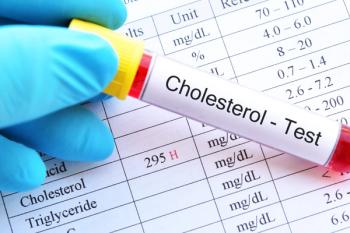
Rural Pharmacies Would Benefit from Disaster Preparedness Training, Regular Policy Guidance
The researchers used cross-sectional surveys, which were conducted with a convenience sample of rural community pharmacists who were part of a rural community pharmacy practice-based research network.
Rural pharmacies would highly benefit from disaster preparedness training, updated disaster preparedness plans that address infectious disease, and regular policy and informational guidance from professional bodies as well as state and national health organizations, according to a poster presented at the virtual American Pharmacists Association annual meeting.
Conducted by UNC Eshelman School of Pharmacy, the objective of the study was to add to the limited research on rural community pharmacy disaster preparedness by documenting their preparedness for, and responses to, the COVID-19 pandemic.
The researchers used cross-sectional surveys, which were conducted with a convenience sample of rural community pharmacists who were part of a rural community pharmacy practice-based research network. Data were collected from April 3, 2020, to May 15, 2020, and 100 rural pharmacists were contacted with a 62% response rate (62 pharmacists).
Questions that were assessed included:
- Pharmacists’ demographic and pharmacy characteristics
- Use of 9 sources of COVID-19 information
- Interest in offering COVID-19 testing
- Infection control procedures
- Disaster preparedness training and readiness
- Impact on medication supply
The results demonstrated that only 10% of pharmacists surveyed had received disaster preparedness training and half of the pharmacists received information that was conflicting surrounding COVID-19. Although 73% of pharmacists had disaster preparedness plans, 27% claimed their plans were inadequate for the pandemic since it did not address adequate supply of PPE, infection control procedures, and workforce planning.
Further, 78% of pharmacists were interested in offering COVID-19 testing, but needed personal protective equipment and training to do so. Most pharmacists (69%) had been negatively impacted by early refills and 90-day supply prescriptions, which led to drug shortages, increased demand for prescriptions, and cash flow shortages. Medications that were outlined as “difficult to fill” include hydroxychloroquine, respiratory inhalers, antibiotics, diabetes medications, and OTC medications and products.
“We need a formal plan to split the workforce if some test positive or are placed in quarantine,” the study authors noted. “Who would work if both pharmacists are out? We have devised a plan but not put it into a formal plan.”
REFERENCE
Carpenter DM, Mashburn P, Hastings T, et al. Rural community pharmacies’ preparedness for and responses to COVID-19. Paper presented at: APhA Association 2021 Annual Meeting and Exposition; March 12-15. UNC Eshelman School of Pharmacy. Accessed March 25, 2021. https://42bc4161a075f7e50e6f-a3bc3137033c5da42be80ce1198f9076.ssl.cf1.rackcdn.com//1565926-1614616858.pdf
Newsletter
Stay informed on drug updates, treatment guidelines, and pharmacy practice trends—subscribe to Pharmacy Times for weekly clinical insights.


















































































































































































































